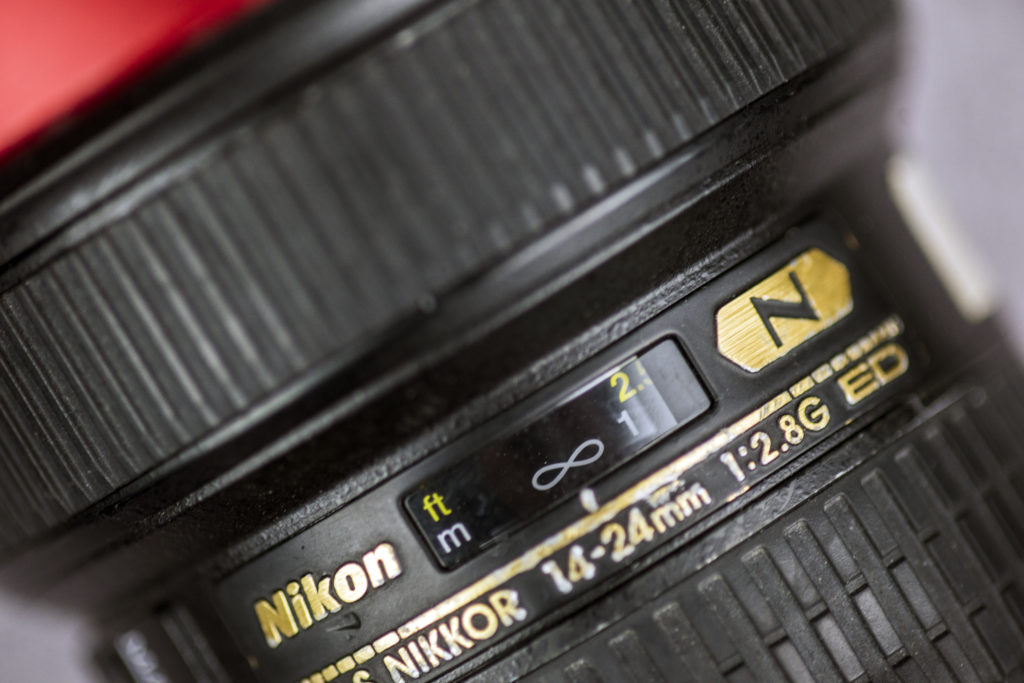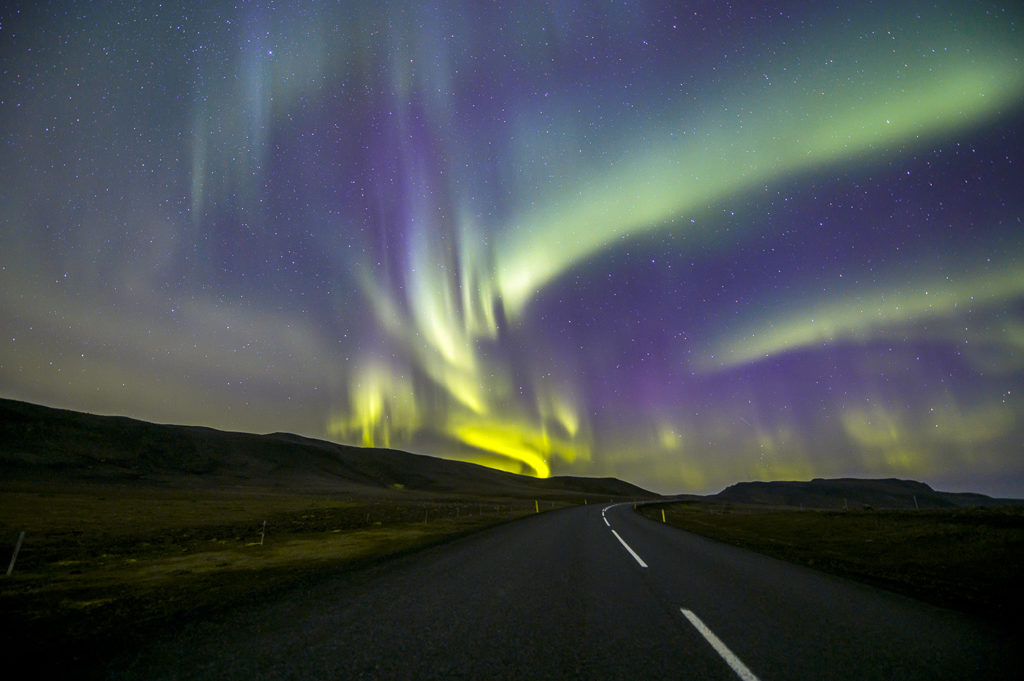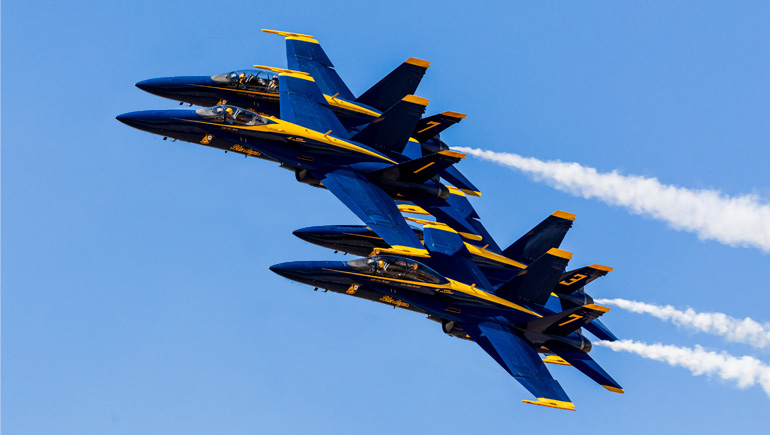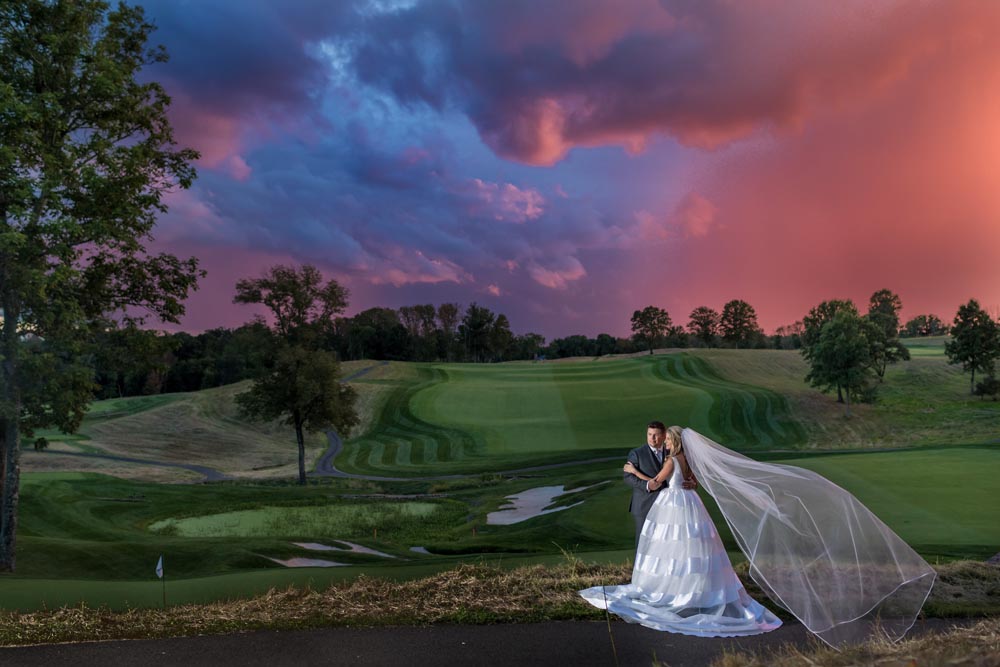Happy #TravelTuesday one and all! I’m Dave Williams and I’m here on ScottKelby.com with some top tips for you.
What I’m sharing today is something I’ve seen time and again on Facebook groups – people asking how to focus in the dark for night time landscapes and astrophotography. It just so happens that this features in my new book about the Northern Lights, so in my experience shooting the Aurora I’m quite well versed in how to focus when you can’t see anything and I have three methods to share with you.
Method 1 – Focus on the brightest thing
This is the best way, hence sticking it up at number 1 on the list. It’s far better using Mirrorless cameras, but can still be done on DSLR’s. First up, get Live View up and running. Using the + key on your camera, zoom in on the brightest object in the distance (perhaps by moving the camera to face another direction.) When you’re zoomed in, manually focus until the object is tack sharp, then lock off the focus by keeping it on Manual Focus mode. The bright object could be the moon, a bright star, or a lit farm or building in the distance.
Method 2 – Focus while it’s light
This method requires planning and preparation – but it works if you can do it. Before you lose the light, focus on something in the distance which is compatible with the focus you’ll want when you’re shooting in the dark, then lock off that focus by switching to Manual focus. You can take it up a step and, to ensure that focus doesn’t accidentally get knocked off-point, taping the focussing ring to the barrel of the lens with some gaffer-tape.
Method 3 – Focus on infinity
This doesn’t mean twisting the focussing ring as far as it goes – it means hitting that sweet spot. Take a look at the markings and there’ll be a particular point at which the lens is focussed on infinity – usually either the centre of the infinity symbol, or a line demarcated next to the infinity symbol. This tip requires light, which obviously kind of defeats the object of being able to focus in the dark, so remember that when you create your own light to use this method, be courteous to other photographers around and don’t flash bright lights all over the place and, where possible, use a red light to maintain your own night-visibility that your eyes will have adjusted to.

I hope these three methods are useful to you, and if you haven’t had a go at photography in the dark you really should give it a go!

If you’re in or around London, UK, this Sunday it’d be cool to see you. I’m holding a photographer meet-up and you’re invited.
Much love
Dave




